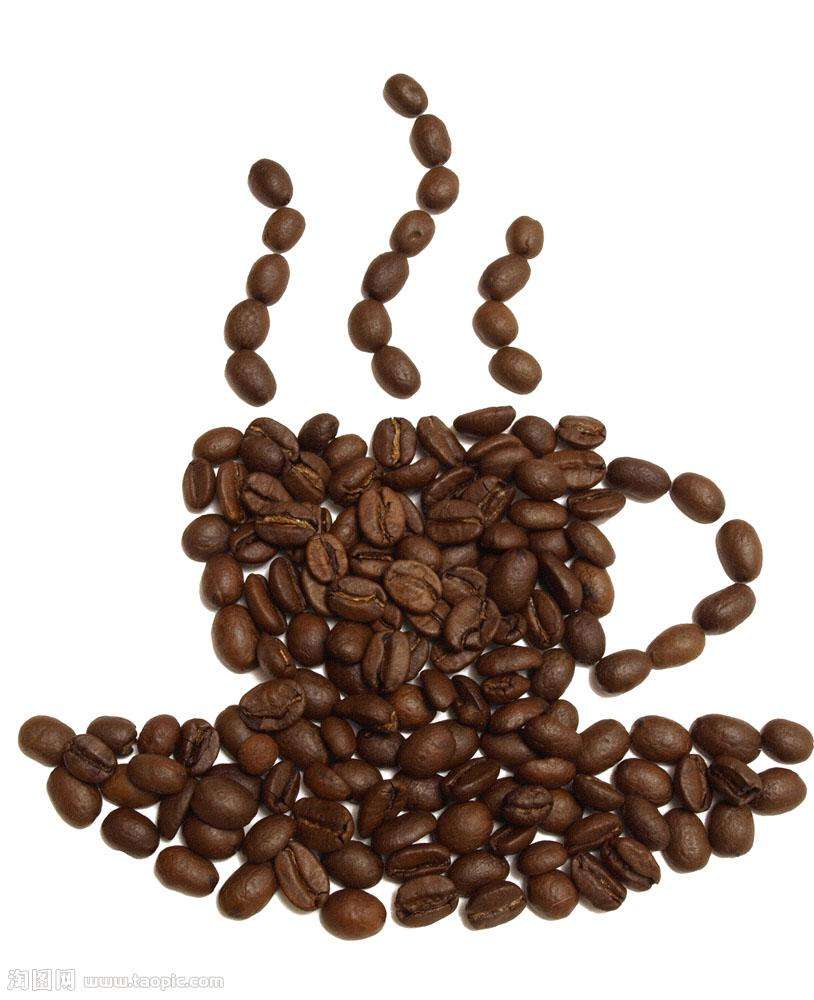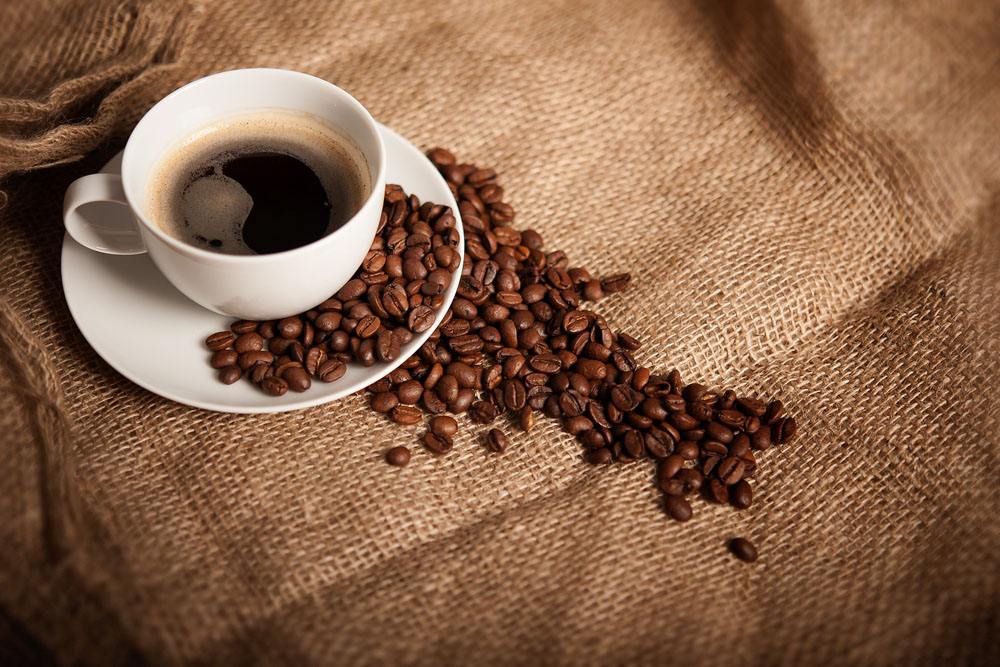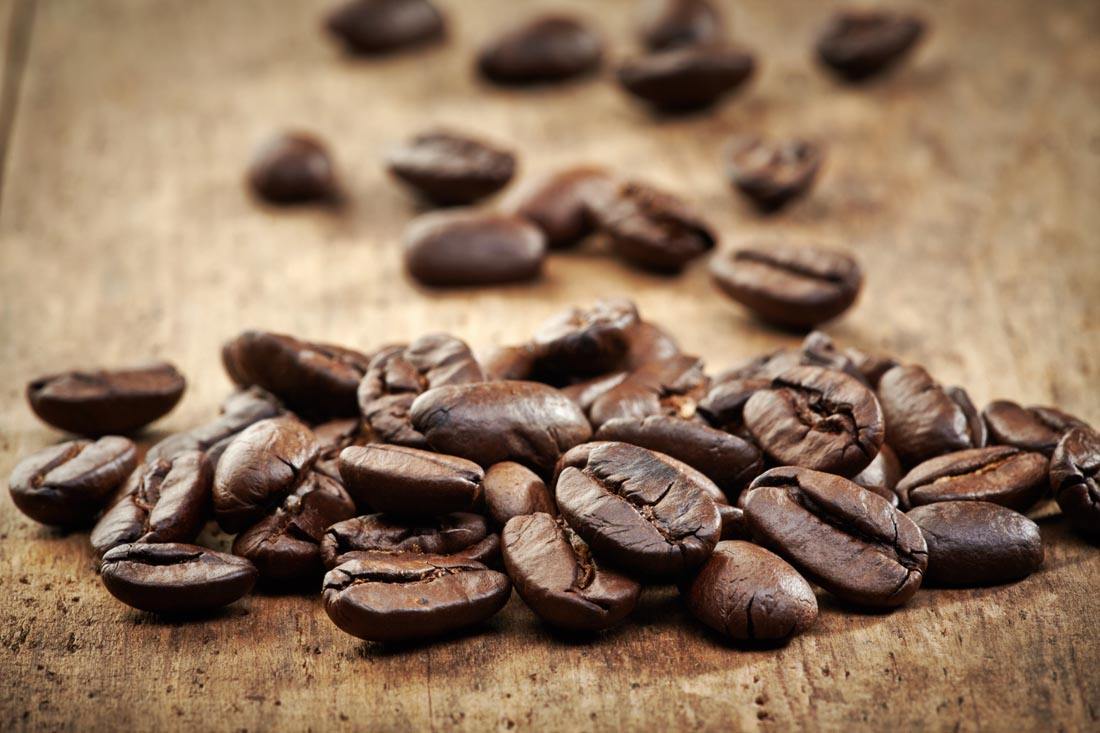Hawaiian coffee bean processing, characteristics of Hawaiian coffee
Pay attention to coffee reviews (Weixin Official Accounts vdailycom ) and find a beautiful cafe to open your own shop
Located in the southernmost part of Hawaii's Big Island, Kau is Hawaii's largest and most remote coffee farm. Hawaiian Kau coffee, produced in the southwest of Mauna Loa volcano (Mauna Loa volcano) on the slope of small coffee farms, 1400~1600 meters above sea level, local small family farms adhere to the traditional Hawaiian coffee cultivation methods, adhere to the use of hand picking and family farm-style small batch processing, making this coffee production difficult to predict.
Hawaiian Kaw coffee is carefully grown, processed and sun-cured, and this coffee blends complete washing and honey processing (i.e., removing the peel and pulp while retaining the pectin) to give this coffee its characteristic sweet and nutty flavor.

What is honey treatment?
Honey processing is generally common in Central and South America, especially in Costa Rica, where it is most famous for its complicated and time-consuming process. The general procedure is as follows:
1. Manual selection and picking of fertile and large ripe fruits
2: Use buoyancy to screen out bad beans by washing method
3: According to the weather conditions, the peel is peeled off with a special pulp peeling machine under the requirement of keeping as much pulp as possible.
4: Expose partially pulped coffee beans on an off-ground rack and stir wet, sticky coffee every hour to avoid fermentation.
5: When the water content of coffee beans is reduced to 11~12%, remove the dried hard pulp and endocarp with a machine.
6: Polishing again to remove silver skin
Kau and Kona are close by and have been producing coffee for 20 years, although it is still young as a coffee growing area, Kau is recognized as one of the best producing areas for fine coffee. This coffee won the 2011 American Coffee of the Year Award from the American Fine Coffee Association. Between 2007 and 2012, Kau Coffee won the Coffee of the Year title eight times.
About its label design:
We first heard about the coffee from a buyer in Hawaii who told us stories about how his community took care of each other like extended families and how coffee farmers loved coffee. It describes the stunning landscape of this area: green and black sand beaches, turtles basking in the sun, grass covering the Moa ula volcano peak, and endless blue skies. This coffee represents the spirit of Hawaii, a simple way to share the joy of life!
Characteristics of Hawaiian Coffee
Hawaii straddles the latitude of 19 to 22 degrees, south of the Tropic of Cancer, and is a natural perfect coffee-growing area. The 50th state of the United States, 2400 miles away from the west coast of the United States, is the only coffee-producing state in the United States. Hawaii's Kona is also internationally renowned and known as one of the best coffees in the world. The volcanic soil and tropical climate, combined with light humidity and regular afternoon showers, create an idyllic ideal growing environment, adding some subtle but unique flavor characteristics to the coffee beans here.
In general, Hawaiian coffee viscosity is medium thin, aroma is medium strong, and one of the bright acids to achieve a harmony.
Although coffee trees are grown for commercial purposes on all islands in Hawaii, at present, the number of coffee plantations on the Big Island is the largest, with about 650 plantations. However, these coffee plantations are relatively small, totaling less than 2000 acres of plantation forest land. There are only 25 coffee plantations in operation on Maui, Molokai, Oahu and Kauai Islands, but the coffee plantations in these places are much larger than those on the Big Island. The total yield is also more than three times greater than that of Big Island coffee plantations. Amazingly, Kauai has the largest coffee growing area of all islands, at over 4000 acres, managed by the same operator;Molokai has only 550 acres, and Maui and Oahu have even fewer. Most Hawaiian coffee farmers today still harvest only fresh cherries to sell, but in recent years more and more people have dedicated themselves to adding value to their coffee bean products, so most of them are post-processing, drying, grinding and roasting their own coffee beans.
Hawaii's most famous coffee bean and coffee growing area is Konakona, an area located in the southwest of the Big Island, 20 miles long and 2 miles wide, covering the Hualalai and Mauna Loa slopes. Only coffee beans grown in this area and subject to the most stringent certification standards can be sold under the Kona brand name. Today, about 100 farms produce coffee beans that meet the above standards. More and more farms are expected to follow suit in the future. The Hawaiian Islands have long been considered paradise on earth, and after nearly two centuries of efforts to grow coffee, the term kona has become almost synonymous with quality.
Now other hawaiian islands are trying to catch up to kona's high quality standards. Hawaii today, for many beach activities and coffee lovers alike, is really like mark. Twain's image is modest and the most pleasant place on earth.
Important Notice :
前街咖啡 FrontStreet Coffee has moved to new addredd:
FrontStreet Coffee Address: 315,Donghua East Road,GuangZhou
Tel:020 38364473
- Prev

Hawaiian coffee bean producing area, Hawaiian coffee history
Following Cafe (Wechat official account vdailycom) found that the Beautiful Cafe opened a small shop of its own, Hawaii Coffee producing area Hawaii (Hawaii) spans 19 to 22 latitudes, south of the Tropic of Cancer, the trade wind blows the Hawaiian Islands, is a perfect coffee growing area, the 50th state of the United States, 2400 miles from the west coast of the United States, is the United States.
- Next

Costa Rican coffee bean characteristics, Costa Rican coffee bean flavor
Following Cafe Review (Wechat official account vdailycom) found that good Cafe opened a small shop of Costa Rican coffee beans. Costa Rican coffee has the characteristics of full particles, ideal acidity and unique strong flavor. The coffee industry in Costa Rica, originally controlled by the Costa Rican Coffee Industry Company (InstitutodelCafdeCostaRica, ICAFE), is now owned by the Costa Rican coffee industry.
Related
- Detailed explanation of Jadeite planting Land in Panamanian Jadeite Manor introduction to the grading system of Jadeite competitive bidding, Red bid, Green bid and Rose Summer
- Story of Coffee planting in Brenka region of Costa Rica Stonehenge Manor anaerobic heavy honey treatment of flavor mouth
- What's on the barrel of Blue Mountain Coffee beans?
- Can American coffee also pull flowers? How to use hot American style to pull out a good-looking pattern?
- Can you make a cold extract with coffee beans? What is the right proportion for cold-extracted coffee formula?
- Indonesian PWN Gold Mandrine Coffee Origin Features Flavor How to Chong? Mandolin coffee is American.
- A brief introduction to the flavor characteristics of Brazilian yellow bourbon coffee beans
- What is the effect of different water quality on the flavor of cold-extracted coffee? What kind of water is best for brewing coffee?
- Why do you think of Rose Summer whenever you mention Panamanian coffee?
- Introduction to the characteristics of authentic blue mountain coffee bean producing areas? What is the CIB Coffee Authority in Jamaica?

